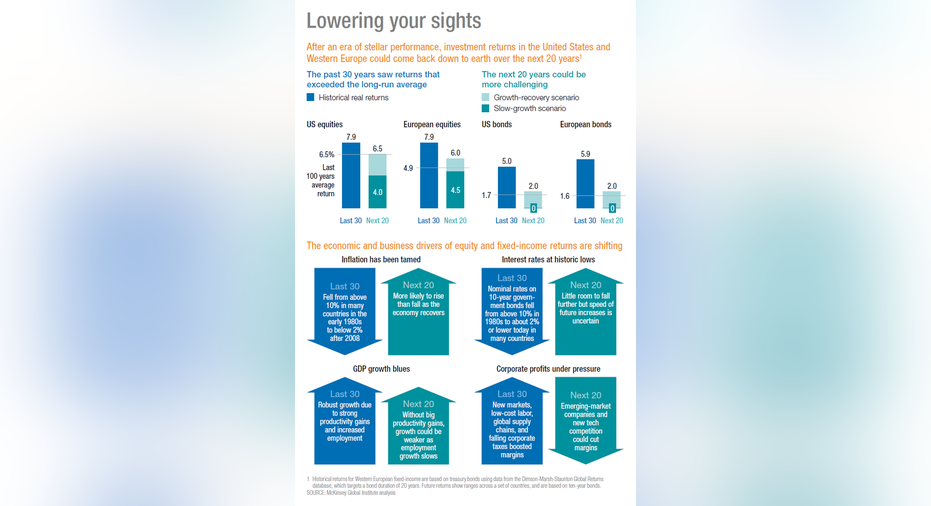Today's Historic Bull Market: The End of a Golden Era for Investors?

Image source: Dan Moyle, republished underCC BY 2.0.
On a historic day for the U.S. stock market, stocks are little changed in early afternoon trading on Thursday, with theS&P 500and theDow Jones Industrial Average (DJINDICES: $INDU) up 0.5% and down 0.25%, respectively, at 12:38 p.m. ET. Traders have perhaps been chastened by today's gross domestic product (GDP) figure, which had the U.S. economy growing at an annualized rate of just 0.5% in the first quarter -- the lowest rate in two years.
From intraday returns, which don't matter, let's move to a timeframe that does: the next 20 years.
First, why is today a historic day for the market? Because at today's bell, the current bull market, which began on March 9, 2009, will have notched up 2,607 days, becoming the second longest bull market in history (in a tie with the one that ran from mid-1949 through July 1956). That's wonderful news for investors, surely.
Actually, it's wonderful news only for those investors who are focused on the rearview mirror. For those who are focused on the future, it's actually somewhat disconcerting. Mean reversion is a reality in asset markets: Periods of above-normal returns tend to usher in periods of below-average returns.
The McKinsey Global Institute, the think tank of the prestigious consulting firm, has just published a report, the title of which neatly sums up its rather sobering message: "Diminishing Returns: Why Investors May Need to Lower Their Expectations."
Based on McKinsey's estimates, returns on stocks and bonds over the next 20 years will be significantly lower than they have been over the past 30 years, even under their more optimistic "growth-recovery" scenario (furthermore, this holds for U.S. stocks and bonds and European stocks and bonds).
Under that scenario, for example, McKinsey forecasts U.S. stocks will generate an annualized real return of 6.5% over the next two decades versus 7.9% over the past three (see the graphic below, which is taken from McKinsey's report).
That would hardly be disastrous relative on a longer-term timescale -- in fact, 6.5% is exactly the historical return over the past century. However, if your retirement planning is based on the record of the past 30 years, the shortfall -- less than one-and-half percentage points annually for stocks -- would have significant implications for your ability to retire when you expect to (or with the level of income you expect).
Needless to say, under McKinsey's "slow growth" scenario, the gap is even wider.
Source: McKinsey & Co.
If you want a concrete idea of the impact this could have on savers, McKinsey estimates that to compensate for a two percentage point drop in average returns, "a 30-year-old would have to work seven years longer, or almost double his or her savings rate"!
This Fool is old enough to know that forecasts with a 20-year time horizon have a habit of being terribly inaccurate. It's quite possible things will ultimately turn out rosier than McKinsey's consultants expect. However, I'm not sure that's a bet a prudent investor would want to make when her retirement is on the line. Without sinking into pessimism, I think it's worth heeding McKinsey's warning: Investors may want to lower their expectations and plan accordingly.
The article Today's Historic Bull Market: The End of a Golden Era for Investors? originally appeared on Fool.com.
Alex Dumortier, CFA, has no position in any stocks mentioned. The Motley Fool has no position in any of the stocks mentioned. Try any of our Foolish newsletter services free for 30 days. We Fools may not all hold the same opinions, but we all believe that considering a diverse range of insights makes us better investors. The Motley Fool has a disclosure policy.
Copyright 1995 - 2016 The Motley Fool, LLC. All rights reserved. The Motley Fool has a disclosure policy.